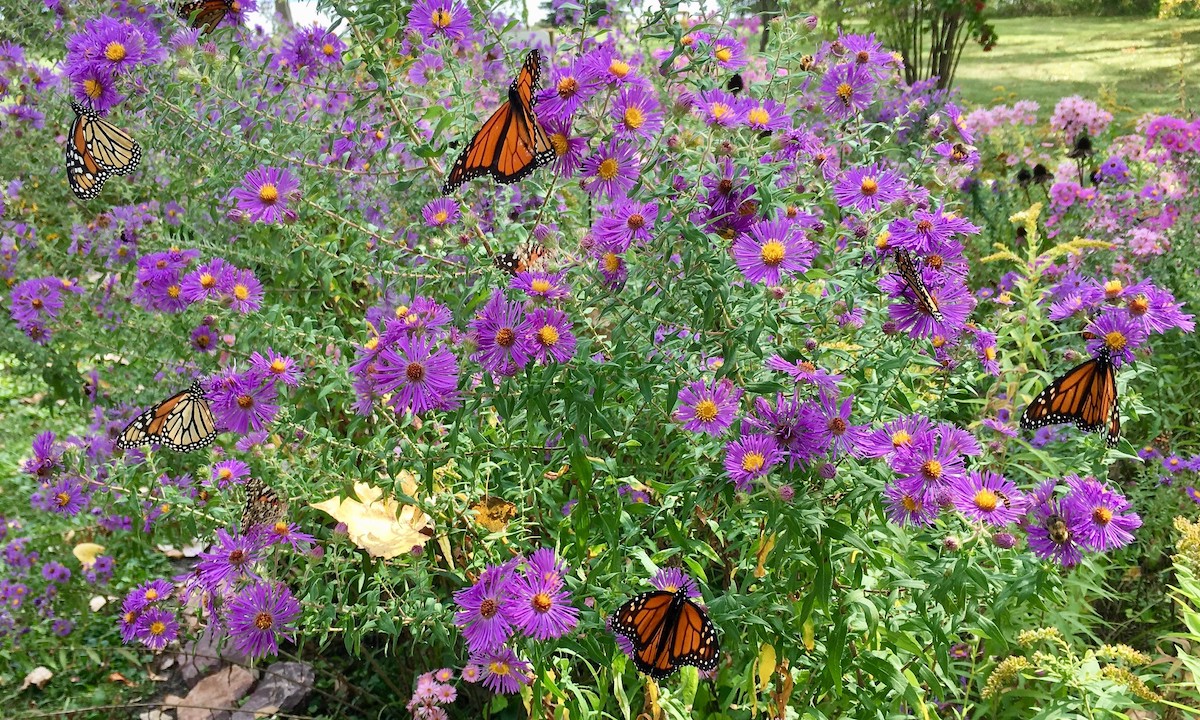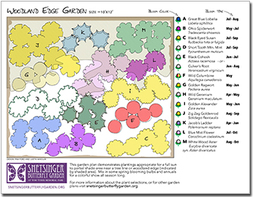
- #Layout butterfly garden design plans how to
- #Layout butterfly garden design plans full size
- #Layout butterfly garden design plans update
Take a peek at our carefully curated list of the best garden planning apps to find the one that best suits your needs and can take your garden to the next level. Even better, most of these gardening apps are intuitive, so you don’t have to spend too much time playing around before you get the hang of them.
#Layout butterfly garden design plans update
They’re also useful if you want to update the landscaping around your house, add to your perennial border, or identify that mystery flowering shrub that’s been growing next to your patio for years.ĭepending on what you’re trying to accomplish-say, planting a fall vegetable garden or looking for deer-resistant garden plants, these planners can help with a swipe of the touch screen.
#Layout butterfly garden design plans how to
Search these apps for information on a number of topics-ranging from how to decide what to plant and how to lay out a garden to specific topics like planting pumpkin seeds to full-sun perennials. Working on a budget? Many of these popular apps are free, although some do come with a minimal upfront cost, while others have recurring monthly or subscription fees. Previous photo in the gallery is eplans landscape plan hummingbird garden.
#Layout butterfly garden design plans full size
This image has dimension 540x324 Pixel, you can click the image above to see the large or full size photo. Remember, the label is the law.You may have some pretty big ideas for your garden this year, but do you know how to make them happen? If not, that’s where these awesome garden planning apps can help. Butterfly garden designs is one images from 21 hummingbird garden layout ideas of House Plans photos gallery. Always follow the pesticide label directions attached to the pesticide container you are using. Insects such as spiders, lacewings, ladybird beetles and ground beetles, help to control unwanted pests.Ĭaution: Mention of a pesticide or use of a pesticide label is for educational purposes only. To avoid killing a beautiful guest, you should be sure of your identification of an insect as a pest before using any pesticide.Ī good side effect of the decrease in pesticide use is the increase of natural enemies. Black Swallowtail ( Papilionidae: Papilio polyxenes) larvae, however, can completely consume herbaceous plants such as dill. This low level of insect population will not kill shrubs or trees. Most butterfly species, such as the Tiger Swallowtail ( Papilio glaucus), lay only a few eggs at a time. They also will die if they feed on plants treated with a Bt formulation that is toxic to them. Remember that oils and soaps still kill caterpillars if sprayed directly on them. Once your plan is finished, you can build and plant your new garden. To research the height, spread and other information about the plants you want, use PlantFinder. It may take years for some gardens to become the beautiful work of art that the designer envisions. Instead, use less harmful spot treatments on plants troubled with pest insects.įor pest insects, use alternative control methods such as oils, soaps and microbial insecticides such as Bacillus thuringiensis (Bt). Resist the urge to design a garden that looks full immediately. One of the most important conservation decisions we can make is to avoid the use of broad spectrum pesticides sprayed all around the yard. Mallow family, rose & marsh mallows, hollyhock We like the azalea on the south edge of the garden and the lilac on the north. We like the red tulips here and the yellow tulips there. We human beings have a preference for order. Willows, especially black willow, pussy willow, poplars, plums, cherriesĬoppers, blues, harvesters, metalmarks families (Lycaenidae, Riodinidae) What’s the best layout for butterfly gardens Just how do you go about figuring this out.

Plantains, gerardias, toadflax, snapdragons, false loosestrifes Parsley family - both wild and cultivated: carrot, dill, parsley, parsnip You need to provide for their caterpillar forms as well.

Most plants in the mint family are good nectar sources for butterflies.Butterflies regularly visit perennial plants, such as coneflowers, lilac, butterfly weed and asters.Annuals are wonderful butterfly plants because they bloom continuously through the season, providing a steady supply of nectar.Flowers with multiple florets that produce abundant nectar are ideal.It is especially important to have flowers in mid to late summer, when most butterflies are active. This will entice a continuous succession of new visitors to a yard. Select a variety of nectar-producing plants with the aim of providing flowers in bloom throughout the season.


 0 kommentar(er)
0 kommentar(er)
